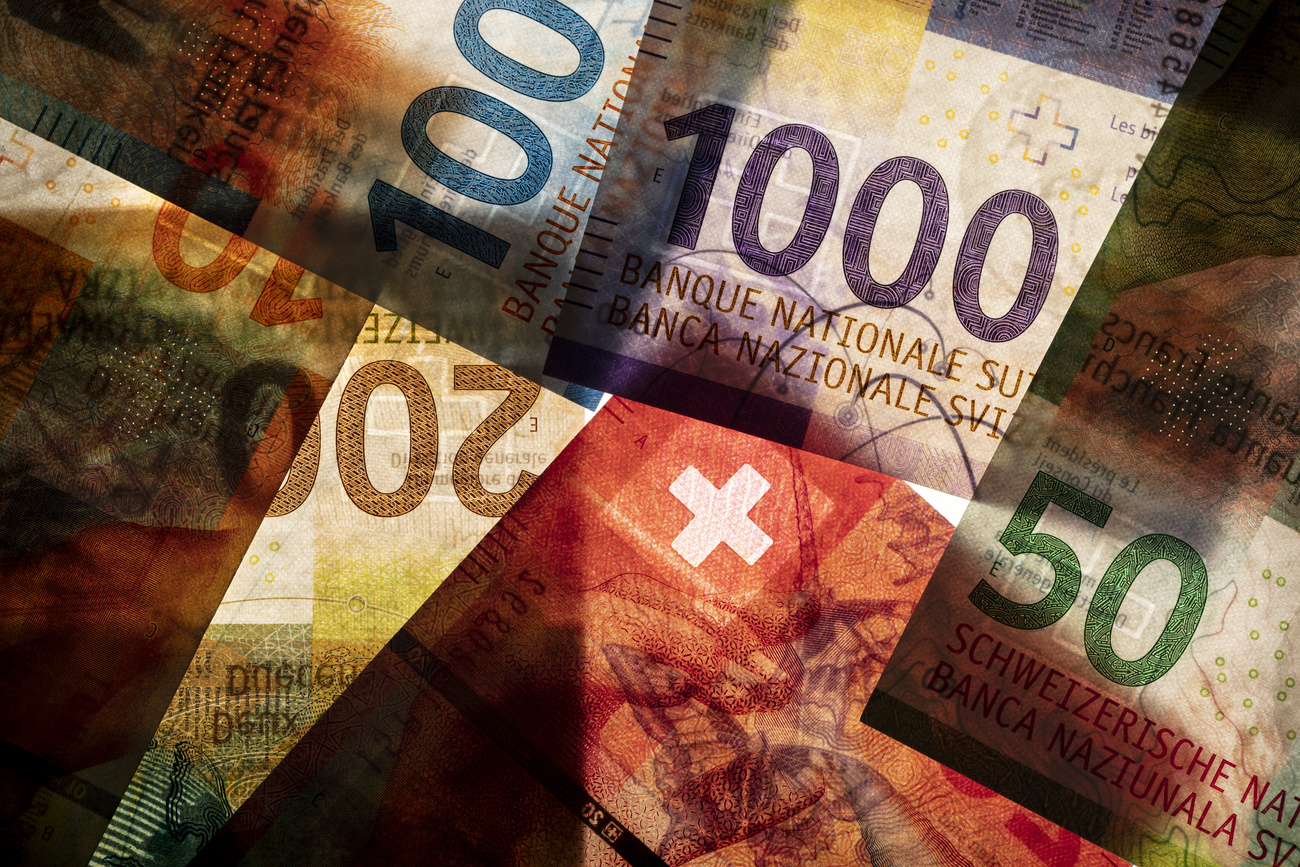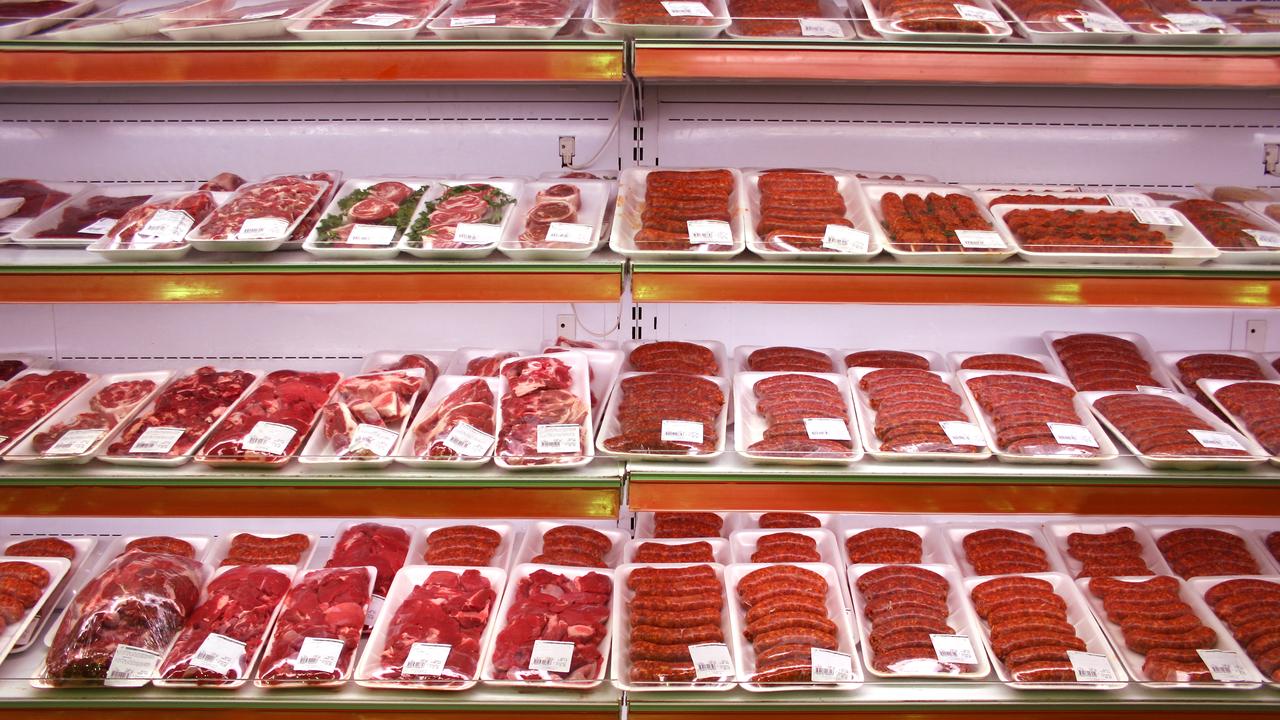Paiste cymbals come in for a lot of stick

Cymbals that are hand-made in central Switzerland take a lot of bashing from some of the world's greatest drummers.
They are made by the Paiste company which is this year celebrating the 50th anniversary of production in the small town of Nottwil.
Whether played in a rock band, jazz ensemble or a symphony orchestra, cymbals might not appear very important instruments but they have been described as the “vocals” of a drum kit.
“Percussion instruments are very important in the whole music industry because they give the music the background or the pulse that is so important to drive the music forward,” Renato Müller, international marketing manager at Paiste, told swissinfo.
Anyone who likes rock music will have probably seen the company’s logo on many of the cymbals used by the big names during their concerts.
Ambassadors
“There are many artists who have been true ambassadors for us…for example John Bonham from Led Zeppelin, Ian Paice from Deep Purple, Larry Mullen from U2, Nicko McBrain from Iron Maiden and Bon Jovi’s drummer Tico Torres, to name a few.
“Obviously the top, high-profile artists get cymbals for free but we never actually pay artists. They play our cymbals because they love the instrument and they want to be an ambassador for us,” Müller said.
A tour around the Nottwil plant reveals that making cymbals by hand requires the skills of a craftsman and the patience to learn all the tricks of the trade.
“You realise how difficult they are to make when you think about how long it takes to learn,” production director Michael Lehmann explained.
“We have a trainee period of at least two or three months for hammering and it takes up to five years until you are skilled enough to make all the cymbals we have in the product range.”
Craftsmanship
The cymbal makers in Nottwil come from a variety of backgrounds but they all have one thing in common – the love and technique of craftsmanship.
There are thousands of cymbals of one sort or another on display or in the production process.
Actual production includes four different actions before the raw material – the blanks – are turned into cymbals.
The blank is first heated in the centre to prepare the metal. The bell is then pressed, after which there is hammering to give form and tension into the material.
Lathing, which determines thickness, follows this and then there’s the finish, which includes printing, coating to prevent oxidation and testing.
Since there is no machine that can do the final check, testing is done by a drummer whose experienced ears compare it with a master cymbal.
Master cymbal
“The master cymbal is designed by the sound development team and so we know exactly how a cymbal has to feel, to look and to sound,” Lehmann said.
Cymbals have a number of characteristics that you can recognise. They are appearance, weight, form and size, which all play a part in how the cymbal sounds.
Lehmann said that drummers use from four or five to up to 30 or 40 cymbals.
“It depends on what the drummer is doing. The basics are a crash, a high-hat and a ride and then maybe some effect cymbals.”
Paiste has a range of about 400 different cymbals that are used not only by rock artists but also, for example, by marching bands and symphony orchestras.
Different sounds
“If you play jazz or if you play heavy metal you have to have different cymbals, different sounds and feelings that the cymbals give you and therefore we have a wide range of products,” Lehmann commented.
“There are different trends in music and therefore the cymbal sound is changing as well, all the time.”
The hand-crafted Paiste cymbals from Nottwil do not come cheap – ranging from SFr50 ($41.25) to SFr1,000 each depending on the size and the amount of work that goes into it.
But the company has no thoughts of going elsewhere to reduce production costs.
“The most import asset of our company is the knowledge of our employees and you could never transfer that somewhere else.
“Added to that you would probably not find another country where you can ensure such a high quality and consistency like in Switzerland,” Lehmann said.
swissinfo, Robert Brookes in Nottwil
Modern cymbals are usually manufactured from two different alloys.
The bronze metal used by Paiste in its hand-made cymbals is an alloy of copper and tin.
For its budget cymbals, the company uses a brass alloy of copper and zinc.
The company history goes back to 1901 when Estonian composer and musician Michail Toomas Paiste founded a publishing business and music store in St Petersburg.
The upheavals of the Russian Revolution forced him in 1917 to return to Estonia where he reopened his business in the city of Tallinn. It was here that he began to design and manufacture cymbals for concert and marching bands.
His son, Michael M. Paiste, quickly became the driving force and eventually took over the business, seeking to meet the rapidly evolving demands of “modern music”.
The Second World War saw the company move at first to Poland and then Germany before a Swiss manufacturing base was established in 1957.
The company manufactures cymbals by machine in Germany, as well as gongs.

In compliance with the JTI standards
More: SWI swissinfo.ch certified by the Journalism Trust Initiative









You can find an overview of ongoing debates with our journalists here . Please join us!
If you want to start a conversation about a topic raised in this article or want to report factual errors, email us at english@swissinfo.ch.